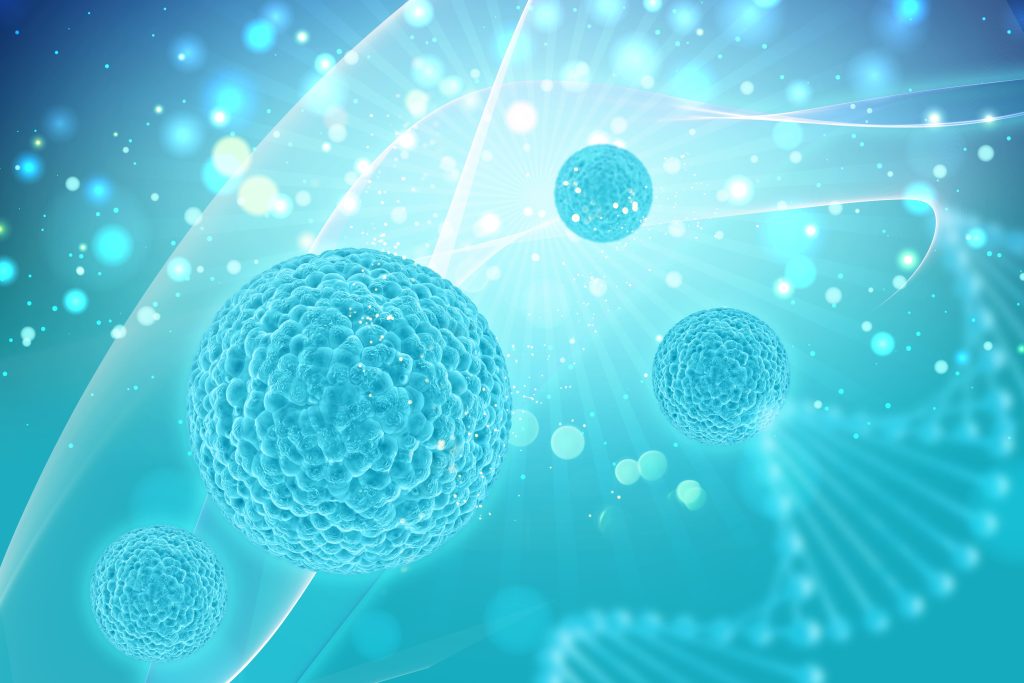MSC vs Other Stem Cells
Why MSCs Are the Future of Regenerative Medicine in Comparison to Other Types of Stem Cells
By: MRC Clinic Malaysia

Stem cell therapy has become one of the most promising frontiers in modern medicine. Over the past two decades, research into the body’s natural ability to heal itself has taken major leaps forward—particularly in the field of Mesenchymal Stem Cells (MSC).
While there are several types of stem cells, each with unique properties and potential, MSCs have emerged as the most practical, safe, and scientifically supported option for therapeutic use. Let’s look at how MSCs compare with other types of stem cells, and why they are increasingly seen as the future of regenerative medicine.
Understanding the Major Stem Cell Types
Embryonic stem cells are pluripotent, meaning they can transform into almost any cell type. Their regenerative power is remarkable, but their use raises ethical concerns and clinical risks, including potential tumour formation (as seen in early trials). Because of these limitations, ESCs are now mostly confined to laboratory research rather than direct human therapy.
iPSCs are adult cells that scientists “reprogram” to behave like embryonic cells. They hold incredible promise for personalized treatments, but the reprogramming process is complex and costly, and there’s still a risk of genetic instability or unwanted cell behaviour. Studies such as those published in Nature and Cell Stem Cell highlight these challenges, showing that while iPSCs remain a fascinating research tool, they’re not yet ready for broad clinical use.
MSCs, on the other hand, are adult stem cells found in tissues like bone marrow, fat, and umbilical cord tissue. They are multipotent, meaning they can form several key tissue types including cartilage, muscle, bone, and fat cells.
More importantly, MSCs don’t just replace damaged cells—they modulate the immune system, reduce inflammation, and promote natural tissue repair through the release of bioactive molecules.
Unlike embryonic or iPSC-derived cells, MSCs carry no ethical issues and have an excellent safety record. Numerous studies, including those published in The Lancet (Hare et al., 2012) and Stem Cells Translational Medicine (Wang et al., 2020), have demonstrated both their clinical safety and regenerative potential.
Autologous vs. Allogeneic MSC Therapy
| Type | Description | Advantages | Considerations |
|---|---|---|---|
| Autologous MSCs | Cells collected from the patient’s own body (e.g., bone marrow, fat). | No risk of rejection; naturally compatible. | Requires a harvesting procedure; cell quality may decline with age. |
| Allogeneic MSCs | Cells sourced from a screened, healthy donor (often from umbilical cord tissue). | Ready-to-use; high consistency; ideal for older patients. | Minimal risk of immune reaction, though MSCs are largely immune-privileged. |
Recent advancements in allogeneic umbilical cord MSCs have made therapy faster and more standardized. Studies from Frontiers in Immunology (Ullah et al., 2020) have shown that cord-derived MSCs tend to be more potent and youthful, with stronger anti-inflammatory effects compared to adult-derived MSCs.
MSC – The Future of Regenerative Medicine?
MSCs strike a rare balance between scientific reliability, clinical safety, and ethical sourcing. Here’s why they stand out:
MSC therapies have been tested in thousands of patients worldwide with a strong record of safety (Hare et al., The Lancet, 2012).
MSCs release cytokines that help reduce inflammation and promote healing in degenerative and autoimmune conditions.
They can calm overactive immune responses and restore balance, which makes them valuable for chronic inflammatory diseases.
MSCs naturally stimulate tissue repair and rejuvenation, aiding recovery in joints, skin, and organs.
Collected from non-embryonic sources like umbilical cords or adipose tissue, MSC therapy avoids ethical controversy.
Beyond Treatment — Toward Prevention and Longevity
In the early years, stem cell therapy focused mainly on treating advanced diseases. But the current direction of regenerative medicine is shifting—toward prevention, optimization, and healthy aging.
By enhancing the body’s ability to repair itself at the cellular level, MSC therapy offers a proactive approach to maintaining vitality, reducing chronic inflammation, and supporting long-term organ health.
Emerging research, such as that published in Nature Aging (2021), suggests that MSC-based therapies may also play a role in slowing cellular aging by rejuvenating the body’s internal repair mechanisms.
Mesenchymal Stem Cells are transforming how we understand healing. Compared to other stem cell types, MSCs are clinically safer, easier to source, and scientifically validated for their regenerative and immunomodulatory benefits.
As research evolves, MSCs are not only redefining recovery—they’re paving the way for a new era of preventive and longevity medicine.
At MRC Clinic, our mission is to make this science accessible—combining medical innovation with a personalized, holistic approach to help each individual live stronger, longer, and healthier.
Selected References
- Hare JM et al., The Lancet (2012). “Randomized trial of intravenous infusion of MSCs for ischemic cardiomyopathy.”
- Wang Y et al., Stem Cells Translational Medicine (2020). “Safety and efficacy of MSC therapy in autoimmune diseases.”
- Ullah I et al., Frontiers in Immunology (2020). “Comparative analysis of cord- and bone marrow-derived MSCs.”
- Nature Aging (2021). “Stem cell therapy and rejuvenation of aging tissue.”
